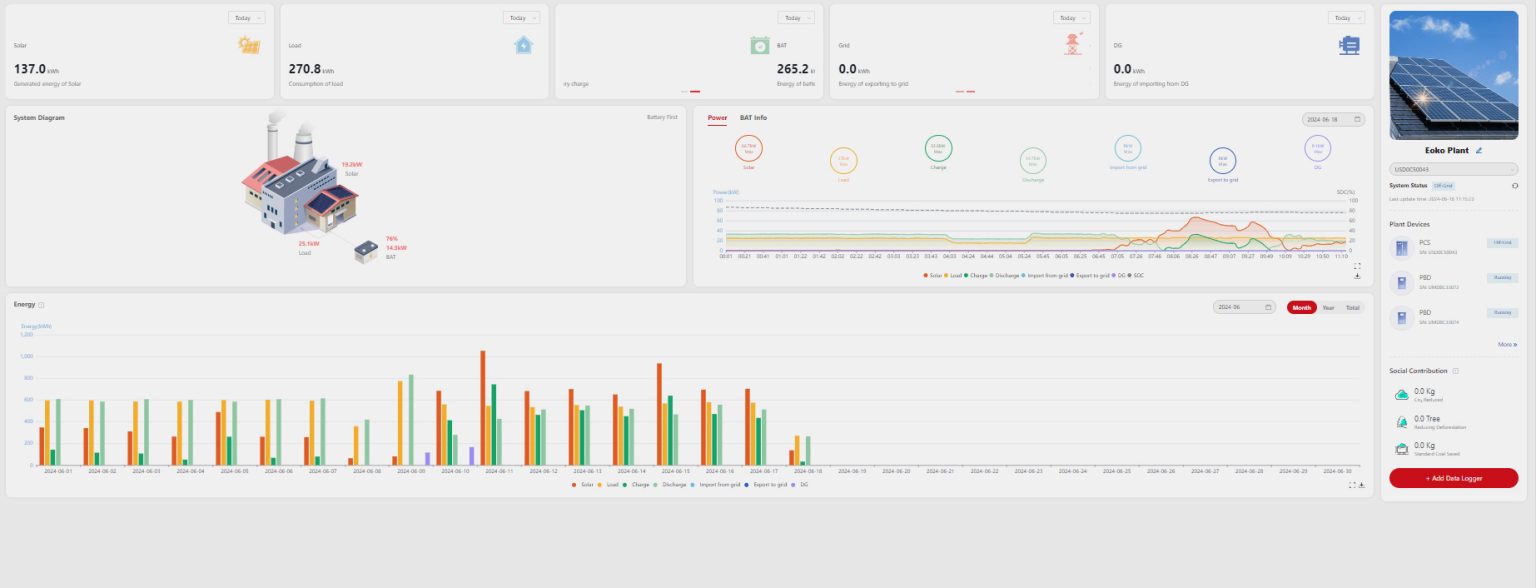Traditional energy sources rely on a centralized system incorporating peaker plants to kick in and ensure equilibrium when demand levels create a risk for instability. Contrary to these traditional energy sources, renewables are not considered reliable energy sources and therefore require more complex balancing measures. Solar and wind power are among the fastest growing sectors in the global energy market, fueled by Net0 carbon policies and sustainability awareness worldwide, by decreasing costs of setup and implementation, but also by the liberalization of the energy market to small and medium sized operators.


We know that energy production needs to match energy consumption, so how do we minimize fluctuations and turbulence in systems that are sensitive to the number of sunlight hour, wind speeds, and storm damage to name a few variables? How do we avoid wasting surplus energy when it is abundant? Moreover, how do Distribution System Operators avoid transmission overload and surges that can shut down entire systems?

A combination of energy storage solutions and smart grid technologies offers real time evaluation of micro-grid systems involving renewable energies. Sensors installed along the architecture and connected to nodal smart grid software give grid managers a clear picture of load flow at any given time, allowing them to dose battery-stored energies and electric vehicle stored energy (V2G) to take the burden off charged transmission lines. They can use highly responsive dynamic load flow systems to ensure that equilibrium is maintained at the N-1 operational standard. Larger implementations will require operators to ensure reactive power compensation plants are strategically installed and cabled using HVDC lines to ensure uninterrupted power supply. Smart grids offer accurate forecasting, evolving data analysis with Advanced Metering Infrastructure (AMI), advanced grid monitoring and management, visualization and alerts, as well as infrastructure wear and failure potentials to help avoid beaches over the lifecycle of operations